Top Javascript Frameworks to learn in 2021
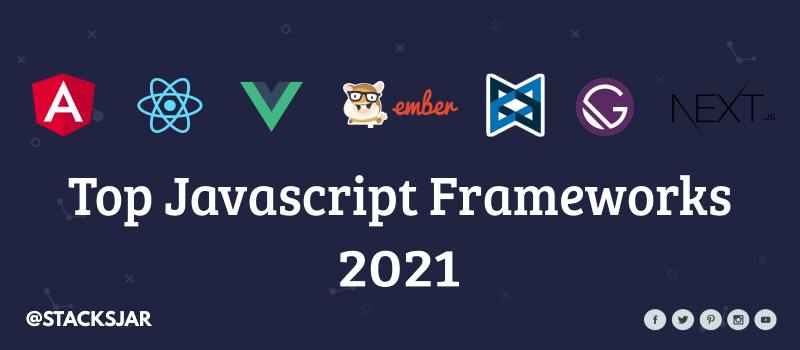
In this post we are going to check top javascript frameworks 2021 that we should get our Hands on. Below is the list of top javascript frameworks to learn in 2021 and check its pros and cons.
Angular
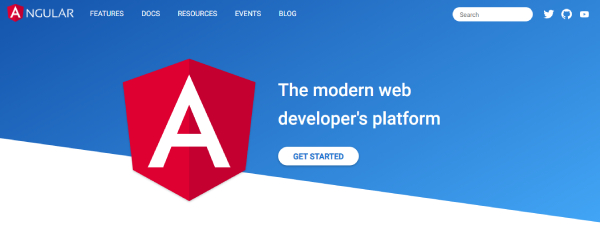
Angular is an open source development platform, built on TypeScript by Google. Angular is a component-based framework for building scalable web applications.
Angular consists of a collection of well-integrated libraries that cover a wide variety of features, including routing, forms management, client-server communication, and more.
Angular is a suite of developer tools to help us develop, build, test, and update our code.
Advantages of Angular:
- MVC Architecture implementation
- Enhanced Design Architecture
- Dependency Injection (DI)
- TypeScript: better tooling, cleaner code, and higher scalability
- Large community and ecosystem
- Powerful Router
Disadvantages of Angular:
- Limited SEO options
- Steeper learning curve
React JS
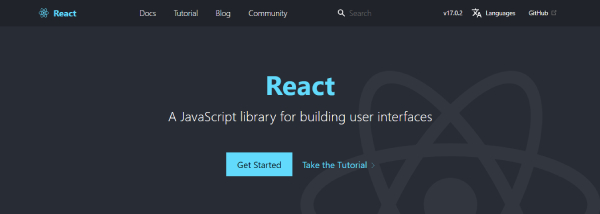
React is an open-source, front end, JavaScript library for building user interfaces or UI components. It is maintained by Facebook and a community of individual developers and companies. React can be used as a base in the development of single-page or mobile applications.
Advantages of React JS:
- Easy to learn and Use
- Creating Dynamic Web Applications Becomes Easier
- Reusable Components
- Performance Enhancement
- The Support of Handy Tools
- SEO Friendly
- Its a JavaScript Library
Disadvantages of React JS:
- The high pace of development
- Poor Documentation
- Focused only on View Part
- JSX having steep learning curve
Vue JS
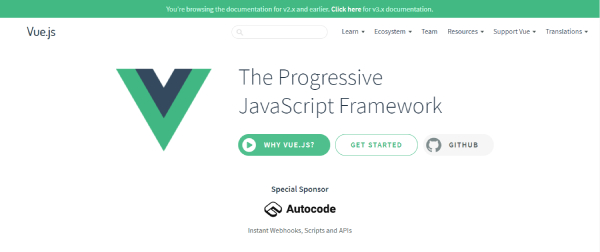
Vue.js is an open-source model–view–viewmodel front end JavaScript framework for building user interfaces and single-page applications. It was created by Evan You, and is maintained by him and the rest of the active core team members.
Advantages of Vue JS:
- Tiny size
- Virtual DOM rendering and performance
- Reactive two-way data binding
- Single-file components and readability
- Integration capabilities and flexibility
- Solid tooling ecosystem
- Easy to learn
- Concise documentation
Disdvantages of Vue JS:
- Reactivity complexity
- Lack of support for large-scale projects
- Risk of over flexibility
- Limited resources
Ember JS
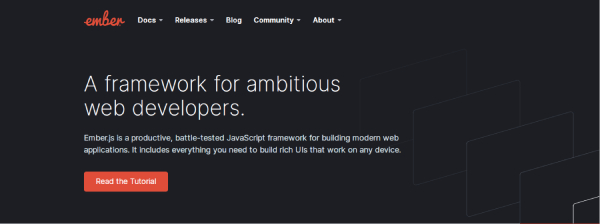
Ember.js is an open-source JavaScript web framework, utilizing a component-service pattern. It allows developers to create scalable single-page web applications by incorporating common idioms, best practices, and patterns from other single-page-app ecosystem patterns into the framework.
Advantages of Ember JS:
- Ember CLI
- Community
- Ember Octane
- Convention over configuration
- Stability sans stagnation
Disdvantages of Ember JS:
- Tough to learn
- Highly opinionated
- Sluggishness in popularity
Backbone JS
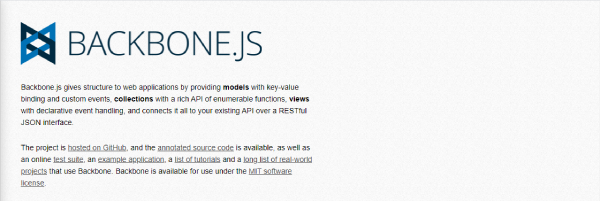
Backbone.js is a JavaScript library with a RESTful JSON interface and is based on the model–view–controller application design paradigm. Backbone is known for being lightweight, as its only hard dependency is on one JavaScript library, Underscore.js, plus jQuery for use of the full library.
Advantages of Backbone JS:
- Fast to pick up
- Easy customizable
- Javascript structure
- Lightweight
- Flexible
- Performance Control
Disdvantages of Backbone JS:
- Productivity
- Memory Leaking
- Required basic tool to create architecture structure
- Data binding
Gatsby JS
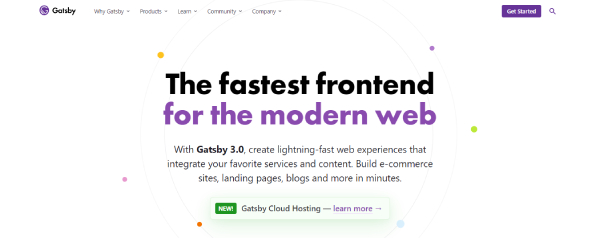
Gatsby is a React-based free and open-source framework that helps developers build blazing-fast websites and applications. It offers built-in performance, scalability and security.
Developers love this static site generator for its great documentation and using modern tech stack that’s future-proof.
Advantages of Gatsby JS:
- Fast page load speed
- SEO efficiency
- More leads and customers
- Security
- Future-proof
- Low hosting costs
- Great documentation
Disdvantages of Gatsby JS:
- There will be a lot of content
- You need to update content a lot
- It’s a corporate-size webshop
Next JS
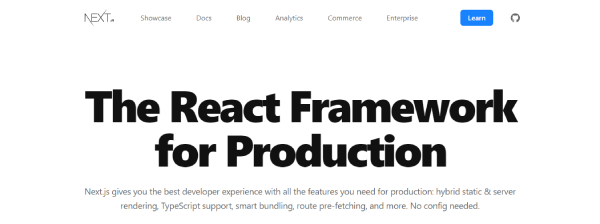
Next.js is an open-source React front-end development web framework that enables functionality such as server-side rendering and generating static websites for React based web applications.
Advantages of Next JS:
- Adaptability and responsiveness
- Data security
- Faster time to market
- Fully omnichannel
- Short page load time
- Support on demand
- Hybrid of SSR and SSG
- TypeScript support
Disdvantages of Next JS:
- Low on plug-ins
- Cost of flexibility
- Development and Management
- Lack of built-in state manager
Hope you find this post Useful.
Happy Coding!









